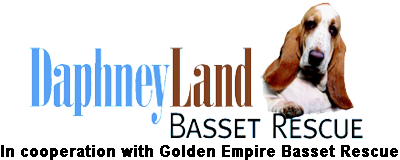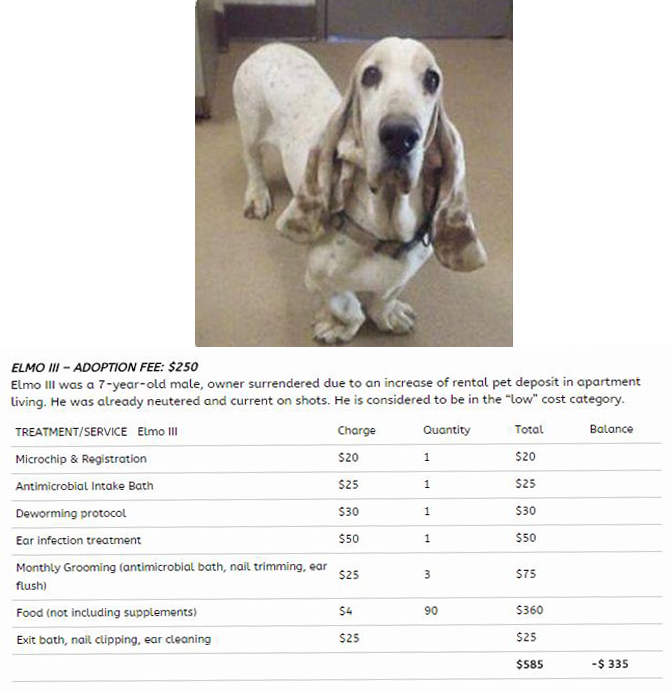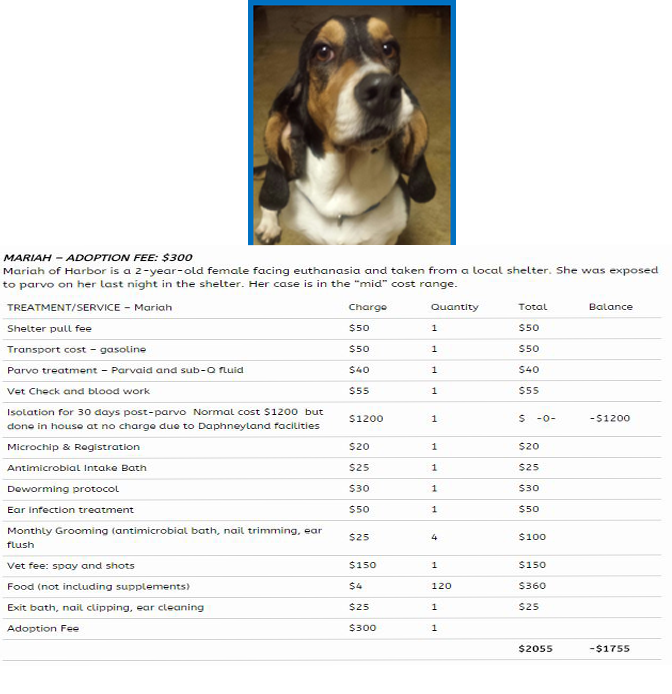WHAT KEEPS US GOING?
We depend heavily on three things to keep us going: DONATIONS, FUNDRAISING, AND VOLUNTEERS. Without a steady stream of income, any rescue is going to have big financial problems.
[tr-accordion id=”542″]
THE FINANCIAL REALITY
As of 2015, we remain the only Basset Hound rescue, rehabilitation, and socialization center in the world and Basset lovers from all walks of life visit DaphneyLand annually. Visitors from Russia, Finland, England, South America, Greece, Japan, Canada, Australia, Africa and many other countries across the globe have traveled to Acton, California, to experience the unique environment at DaphneyLand. The facility we have allows us to provide housing and time for these abandoned and discarded Bassets to receive the treatment they need and the time to heal. But none of that comes cheap.
With the downturn in the economy, we have suffered greatly. As people came under financial duress, the donations from occasional donors slowed to a trickle. Our recurring donors were forced to reduce their donations due to downsizing in companies, decreases in wages, loss of housing, loss of insurance, and bankruptcy. Grants became much less available and what was available was very limited. Large donors were advised to reduce their charitable deductions due to stock market fluctuations.
OPERATIONAL INCREASES
The challenge to operate on a daily basis continues to be funding. Our annual budget is $225,000 and you can see our financial statements on this site. Donations from private individuals, fund raising events, corporate matching funds and adoption donations have diminished as businesses and individuals struggle in harsh economic conditions. Grant funding has all but dried up in recent years causing a financial crisis as we struggle to continue operations.
At the same time, we were experiencing increasing utility costs. The cost of electricity nearly doubled throughout the state. Gas prices (propane, natural gas, and automobile fuel prices increased rapidly. The drought has forced us to have water hauled in on a weekly basis.
The cost of dog food, medications, and groceries for the hounds in general increased 25%. Volunteerism dropped due to many of our volunteers needing to return to the workforce or take on second jobs in order to keep their homes and feed their children.
We were faced with the hard choices of not accepting additional dogs as other rescues were losing foster homes due to changes in housing and rental agreements. Even the cost of pulling a dog from a shelter increased dramatically.
Many times we had to make the choice between purchasing dog food or paying our electric bill. Obviously, just as in most homes, the choice must be to feed the children.
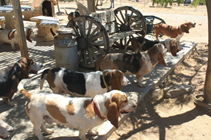 |
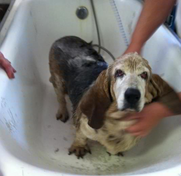 |
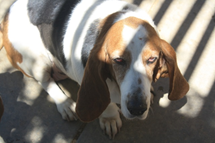 |
COST OF CARE
People frequently complain that rescues “charge too much” to adopt a dog – but few realize the actual cost of providing basic vet care, vaccinations, and a dental to an incoming dog in relatively good shape – to say nothing of the cost of a dog who has been injured or abused or is sick.
We are presenting typical costs for four bassets that we have that we consider “low,” “medium,” “high,” or “through the roof.” Adoption fees are set based on the age of the dog. We are able to keep our veterinary cost lower because we have a team of trained triage experts and a great veterinarian who gives us exceptional rescue rates for vet care.
Below, you can click on four “case studies” that show exactly what it costs to make a hound healthy – from “low cost” to “holy cow.” This is why we need your help.
